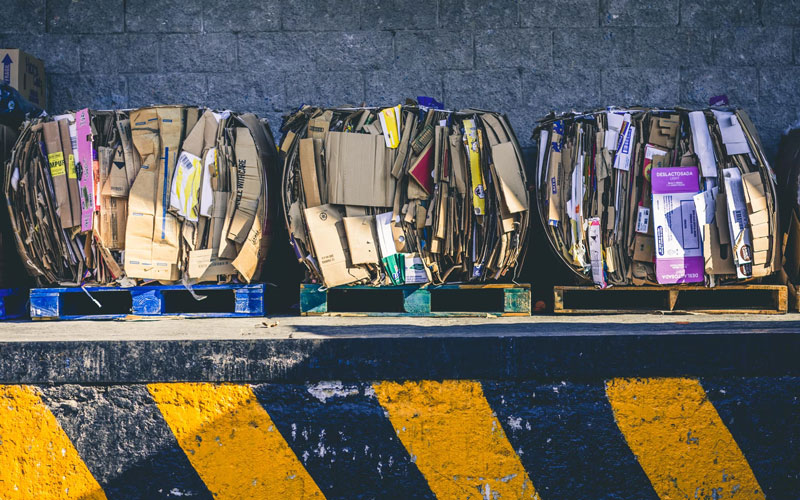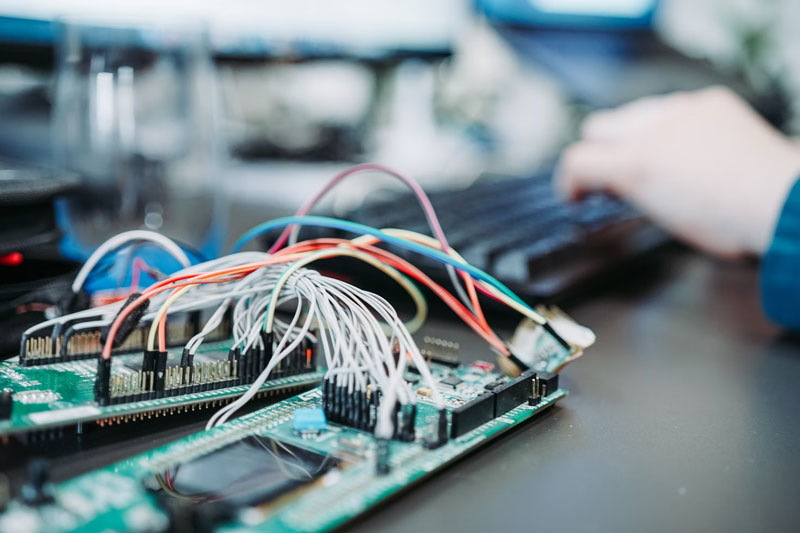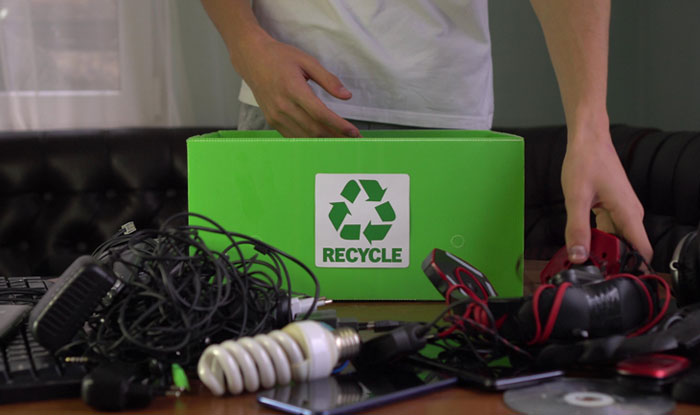The plastic used to be our enemy #1. The way it is choking the oceans, other waterways, and landfills is horrendous and life-threatening. According to World Bank reports, plastic waste accounts for 44% of the entire world’s solid waste composition. If we don’t make massive changes soon, every species of seabirds will be eating plastic by 2050.
Yet, plastic is not the top waste contender we have to deal with. That honor goes to electronic waste or e-waste.
Take a look at these few stats to consider the scope and depth of the problem.
- E-waste is the fastest growing waste stream in the world – by 2030, annual e-waste generation will have increased by 30%.
- Only 17.4% of e-waste was recycled in 2019, the rest was dumped into landfills.
- The U.S ships 80% of its toxic e-waste to India, China, and Pakistan.
- The tech industry consciously uses the obsolescence model of production, intending the devices to have shorter lifespans so we keep buying new gadgets.
- The tech industry actively lobbies to make it difficult and illegal for consumers to repair their broken electronics.
There Is More.
The electronic devices we use, carry some of the purest and rarest precious metals found on earth. Cobalt, gold, lithium, copper, palladium, and many others. The amount of e-waste that is dumped into landfills represents $47 billion worth of valuable materials that could have been recovered and reused.
It’s important to mention here that so many of these precious materials are conflict resources. Meaning, they come from areas of armed conflict where extraction of these minerals is already risky and often used to fund the perpetual fighting.
Improper disposal of e-waste is not only exacerbating the problem against the environment but also threatens the economy as we keep losing precious materials and the wealth associated with them. Not to mention the ongoing conflicts and forced labor that is used to mine them in the first place.
Yet, not all may be lost.
Before you give up on the whole complicated problem, there may be a bit of light amid this steaming pile of toxic waste. Experts have determined that there may be some opportunity for relief here – ways we can use e-waste for the good of the economy, business, and the planet.
Here are 3 novel ways we can use e-waste to do some good.
• E-waste Mining
E-waste mining refers to the process of extracting valuable materials from discarded electronics rather than the stone mines.
Estimates suggest that while a goldmine can give us 5 or 6g of the raw metal per ton, e-waste can give us nearly 58 times that – 350g per ton. Keeping the current volume of e-waste generation in mind, there is $57 billion to be made if we responsibly collect, recycle, and recover these metals from all this electronic waste.

Image Source: unsplash/Alfonso Navarro
The model is economically sustainable as proven by an Australian material scientist, Professor Veena Sahajwalla, through her urban e-waste mine, which is essentially her lab. Using economic modeling she has proven that this system can not only work but will also sustain itself by creating jobs and generating revenue.
Using companies like Hummingbird International, we can allow our e-waste to be collected, disposed of, and recycled properly so not only we can help the planet, but also reuse all the precious materials we are throwing away. It is good for the earth, economy, and communities, too.
• Growth of ITAD Services
As we become more efficient and responsible for toxic e-waste handling, we empower the ITAD industry to fully explore its potential. ITAD is an industry term and refers to businesses and services that handle IT asset disposition. It includes repairing, reusing, recycling, and repurposing discarded electronic devices.

Image Source: unsplash/Nareeta Martin
A major component of ITAD services is the secure deletion of data from devices that have been discarded. If thrown as is, these devices become major sources of cyber security breaches and the results can be catastrophic.
Not only do IT asset disposition companies keep our data secure by means of data destruction and recycle our devices for longer use, but we also need them for repairs and refurbishing. As Right to Repair movements gain traction and eventually become laws, these ITAD establishments will be the forerunners in the industry as we go towards fixing instead of buying.
• Decreasing the Digital Divide
Another way we can use the growing e-waste problem for some good is to sell or donate our older and discarded devices. It’s a crucial step towards decreasing the digital divide that plagues the entire world.

Image Source: unsplash/Zan
Going by official reports, 1.2 billion women in low and mid-income countries have no access to the internet. In these countries, men are 90% more likely to own a mobile phone than women. Gender division is not the only cause of this gap. You can spot the digital divide when you compare people who live in urban areas versus those that live in rural areas, between more educated and less educated people, between countries that are more economically developed than those that are low-income.
We can send, donate, sell, and export our repaired and refurbished devices to communities that suffer due to a lack of access to digital technology. We can help even the playing field for them and give them more chances to learn better, excel, earn better wages, and have all the opportunities that a digitally connected world has to offer.
Conclusion
As the e-waste problem grows, so do the chances to turn this issue into opportunities. Here, we have discussed only three. As science develops and we go towards a more circular economy, using e-waste for the progress of the economy and earth may become normalized.
Till then, try to extend the lives of your digital devices through conscientious use. When you have to replace them, do so responsibly. Hummingbird International offers free e-waste pickups for safe and responsible recycling that also includes proper IT asset disposal so not only the planet but the data can also be protected.
Call us at 888-392-7839 for more information.


Leave a Reply